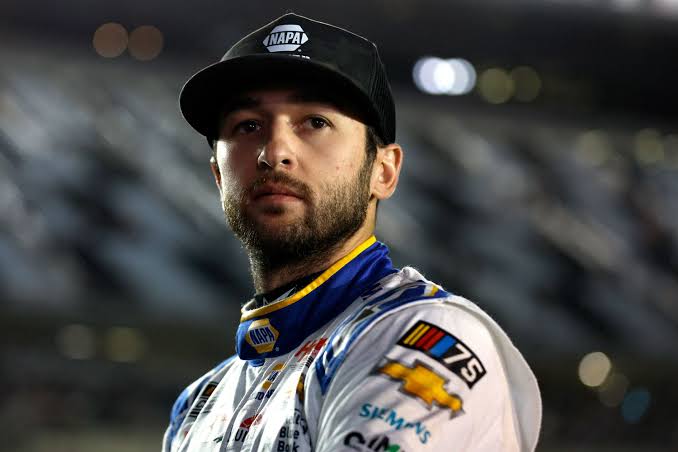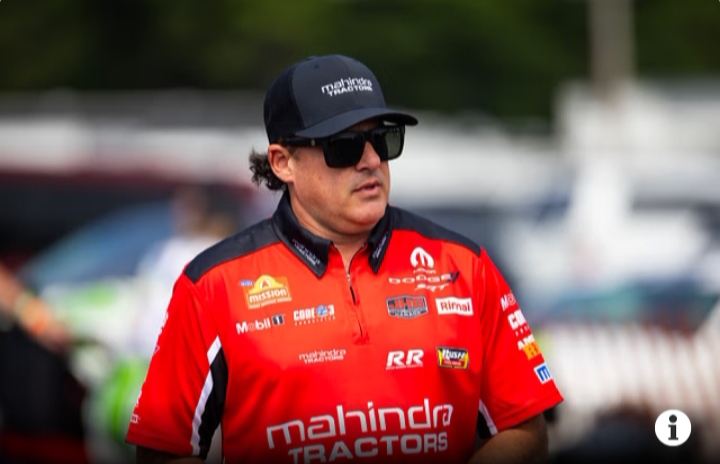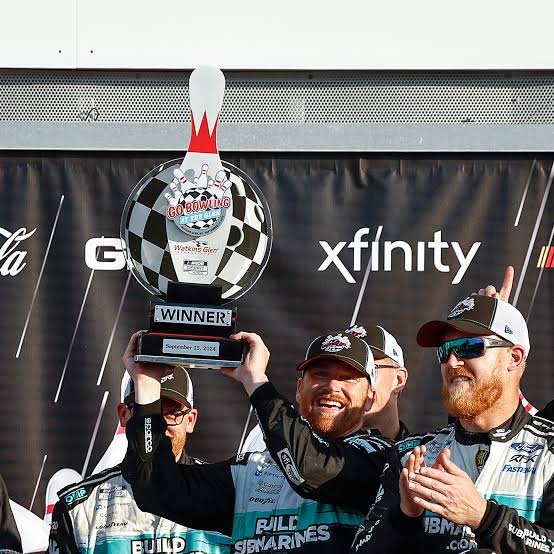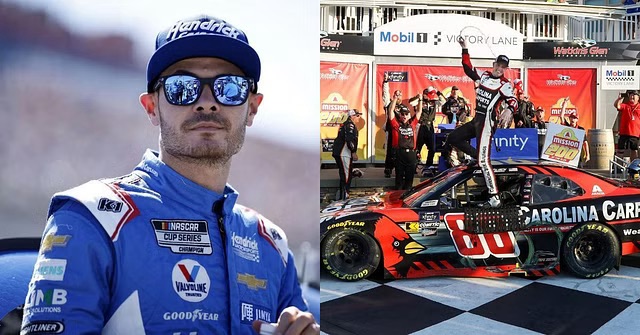After enduring the challenges of the previous year, Chase Elliott has likely developed a tougher demeanor. He certainly needed that resilience during the Quaker State 400 race, where a series of unfortunate events took place. Everything seemed to be going well as Elliott advanced from 16th to 8th by Stage 2. However, a malfunction during a pit stop with the No. 9 Chevy put his playoff aspirations at risk. A last-lap incident followed, resulting in a multi-car crash. These two occurrences suggest there may be issues with the No. 9 car. Nevertheless, Elliott chose to set aside his concerns and adopt a positive outlook, which ultimately led to a solid performance in Atlanta.
Chase Elliott proved he could handle the pressure.
For years, Joe Gibbs Racing has dealt with persistent engine issues, and now it appears the No. 9 Hendrick Motorsports team is experiencing similar struggles, particularly with car handling. During a pit stop at Atlanta Motor Speedway, Chase Elliott lost control of his vehicle and accidentally collided with Austin Cindric’s left side, which was soon followed by a three-wide confrontation involving Corey LaJoie. Elliott’s car troubles continued even at the end of the overtime race. Earlier in Sonoma, he executed a classic bump-and-run maneuver on Ross Chastain in the final lap, earning cheers from fans after Chastain spun out Kyle Busch. However, this race had a different vibe. As Joey Logano sped ahead to victory in Atlanta, chaos erupted behind him due to Elliott’s misjudged attempt to assist Chastain. After the race, the HMS driver clarified, “The top lane was fine. I was coming, trying to give Ross a pretty big push which I thought would propel him.” He later acknowledged, “I was too far back.”
Chase Elliott provided more insight into the mechanical issues that contributed to a significant crash. “I was too deep in my lane to clear out, push forward, and do anything more. I was trying to catch up to Ross, but then I got hit. I was right on his bumper, and unfortunately, that sent him into the wall, which really slowed us down.” Despite the chaotic circumstances, Elliott managed to secure an 8th place finish, which he viewed positively. “It was a decent day overall; considering everything, it could have turned out much worse.”
The saga between Elliott and Chastain traces back to the February race, where Hamlin criticized Chastain for his aggressive driving style.
Elliott’s quest for payback is still ongoing.
The issues for the No. 9 Chevy driver in Atlanta can be traced back to the Ambetter Health 400, where Ross Chastain seemed to deliberately bump Elliott, causing him to spin out in Turn 3. In response, Elliott retaliated during the Toyota Save Mart 350 at Sonoma Raceway after Chastain spun Kyle Busch. However, the latest Atlanta race suggested that Elliott’s feelings of vengeance are still simmering, even if he hasn’t openly admitted it.
It wouldn’t be surprising if the cycle of retribution continues, especially since Denny Hamlin has also criticized Chastain for the earlier Atlanta incident. On his show ‘Actions Detrimental,’ he emphasized the importance of giving fellow drivers space in Atlanta. “If you don’t allow the car in front of you some room as you enter the corner, it can lead to trouble. In that part of the pack, most drivers aren’t going full throttle; everyone is easing off a bit as they approach the corner. It’s essential to give your competitors a bit of leeway because this isn’t a track like Daytona or Talladega, where everyone is tightly packed and you can just dive right in behind them.”
Chase Elliott, a prominent figure in the NASCAR circuit, has recently found himself at the center of controversy following his actions during the Atlanta race. Whether his motivations stem from a desire for revenge or a more complex mix of emotions, Elliott has openly acknowledged his regret regarding the decisions he made on the track. As the playoff races draw near, he is focused on overcoming the mechanical issues that have plagued his car, which could significantly impact his performance in the crucial upcoming events.
Despite Elliott’s intentions to move forward, the atmosphere in the racing community remains charged, and the potential for ongoing retribution among drivers is palpable. This sentiment is echoed by fellow driver Denny Hamlin, who has not shied away from voicing his opinions on the matter. Hamlin took to his podcast, ‘Actions Detrimental,’ to address the importance of maintaining a respectful distance between competitors, particularly in the high-stakes environment of Atlanta. He articulated a critical point about race dynamics, stating, “If you don’t allow the driver in front of you some room as you enter the corner, keep in mind that most of the field isn’t going full throttle. Everyone is easing off a bit as they approach the turn.”
Hamlin’s insights highlight the necessity of providing fellow racers with a margin for error, especially in a track setting that differs significantly from the tightly packed racing seen at venues like Daytona or Talladega. In those environments, drivers often find themselves bumper-to-bumper, but Atlanta presents a different challenge where spatial awareness and strategic positioning are crucial. Hamlin’s emphasis on giving competitors space serves as a reminder of the unwritten rules of racing etiquette that can help prevent conflicts and maintain safety on the track.
As the season progresses and the playoffs loom, the interplay of rivalry, respect, and the quest for victory will undoubtedly shape the narrative of the races to come. For Elliott, the path forward involves not only addressing his car’s performance but also navigating the complex relationships with his fellow drivers, all while striving to secure his place in the championship contention. The racing community will be watching closely to see how these dynamics unfold in the high-pressure environment of the playoffs.




